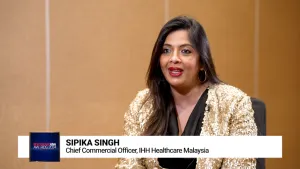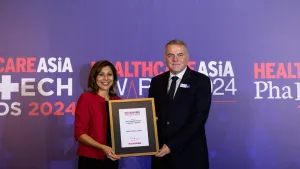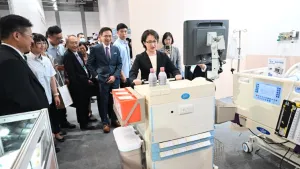
What factors drive the hormone replacement therapy market?
One key factor is the growing ageing population, particularly in developed countries.
Demographic shifts, medical research advancements, and changes in regulatory environments are expected to drive the global hormone replacement therapy (HRT) market to grow at a compound annual growth rate of 6% by 2030, said DelveInsight.
A primary driver of the HRT market is the ageing population, particularly in developed countries. This trend has led to the increasing incidence of menopause and other related conditions.
“There is a growing recognition of the importance of maintaining quality of life during ageing, leading more women to seek medical interventions like HRT to manage menopause symptoms,” the report said.
Developments such as bioidentical hormones, which are chemically identical to those produced by the human body, have gained traction due to their perceived natural approach and potentially lower risk of side effects.
Moreover, the sector is dominated by major pharmaceutical companies such as Pfizer, Novo Nordisk, and Teva Pharmaceuticals. These firms are investing in research and development to enhance their product portfolios and remain competitive.
The rise of generic HRT products has also intensified competition, pushing companies to differentiate their offerings.
Meanwhile, the market faces concerns over the safety of long-term hormone therapy, particularly regarding breast cancer and cardiovascular risks, which has led to more stringent regulatory scrutiny.
“The market is influenced by varying levels of awareness and acceptance across different regions, with cultural attitudes and access to healthcare playing a role in the adoption of HRT,” the report added.


















 Advertise
Advertise


